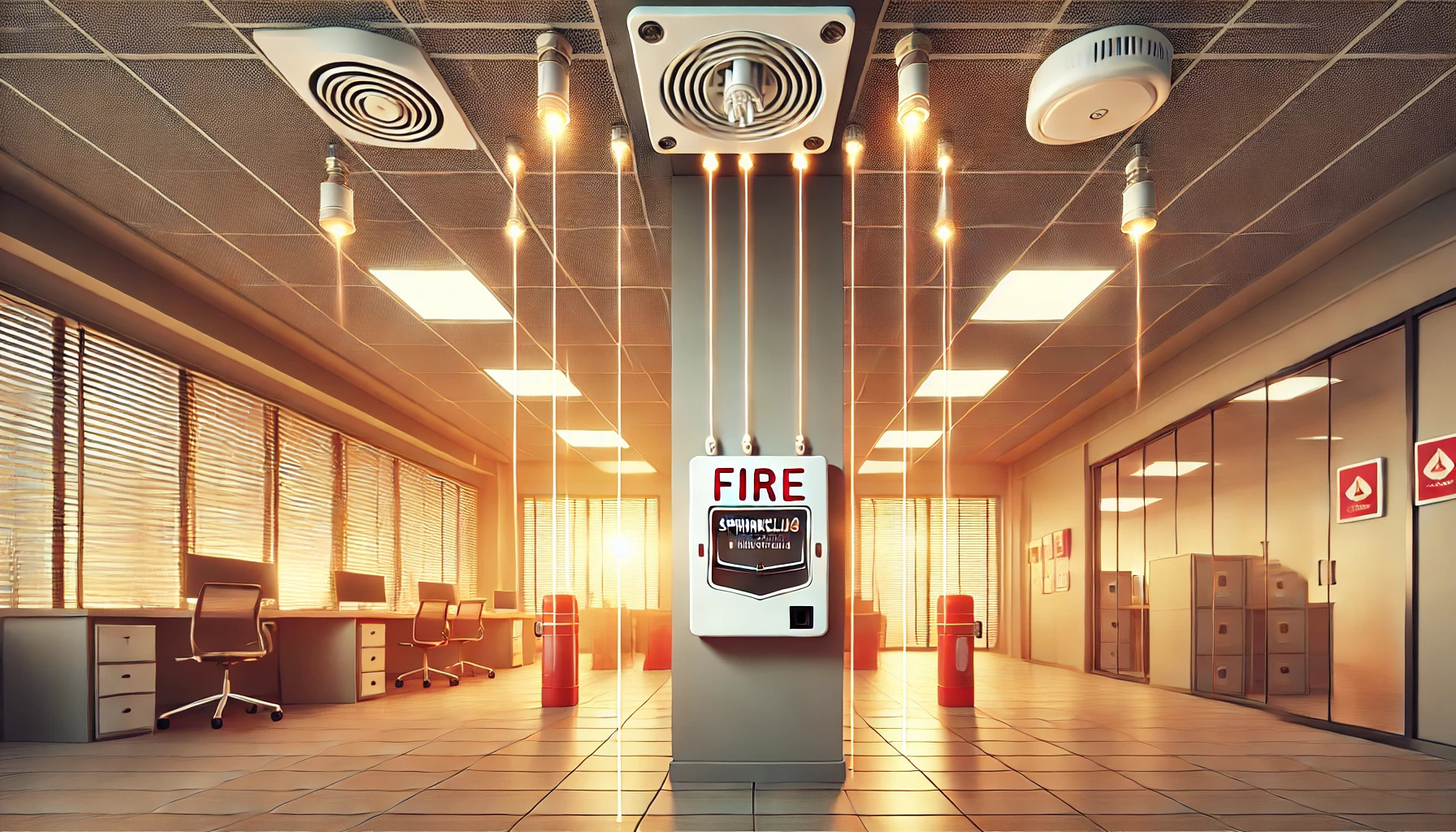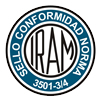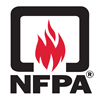In the industrial sector, fire protection is not only a safety measure but also an essential strategy to protect assets, ensure the safety of people, and guarantee the operational continuity of the company. Fires represent a significant threat, not only because of the immediate risk to human life but also due to the enormous economic losses that can result from production interruptions. Therefore, prevention and preparedness should be key priorities for organizations.
Prevention: The First Step Towards Safety
Prevention is the foundation of fire protection. Implementing preventive measures can make the difference between a minor incident and a catastrophe. These measures include:
- Staff Training: Ensuring that employees know emergency procedures and how to act in the event of a fire.
- Proper Equipment Maintenance: Inspecting and maintaining electrical systems, machinery, and industrial equipment to prevent failures that could cause fires.
- Control of Flammable Materials: Storing combustible substances in safe areas and following strict handling protocols.
- Signage and Accessibility: Ensuring that escape routes and fire extinguishers and hydrants are properly marked and accessible.
Protection of Assets and People
Protecting both assets and people is crucial to minimize the impact of a fire. A company that protects its human and material resources not only safeguards its investment but also strengthens its ability to recover quickly after an incident. Additionally, ensuring operational continuity is vital because any disruption in production can significantly impact the company’s revenue and reputation.
Risk Assessment: A Proactive Approach
Risk assessment is an essential tool for identifying and managing potential fire threats. This process should be conducted regularly by plant managers and should include:
- Identification of Potential Risks:
- Sources of ignition, such as heat, sparks, or short circuits.
- Flammable or combustible substances present in the environment.
- Detection of People at Risk:
- Identifying workers who may be exposed to danger in the event of a fire.
- Designing Solutions:
- Establishing measures to eliminate or reduce identified risks.
- Implementing active protection systems such as automatic sprinklers, hydrants, foam systems, gases, alarms, and extinguishers.
- Implementing passive protection systems such as fire-resistant walls, fireproof insulation, etc.
- Designing clear and effective evacuation plans.
Prevention and Extinguishing Systems
Once risks are identified, it is crucial to implement systems that address both prevention and extinguishing. Among the most effective measures are:
- Automatic Detection Systems: Smoke, heat, or gas detectors that act quickly to alert of a possible fire.
- Automatic Sprinklers: Designed to efficiently control and extinguish fires.
- Manual Hydrants: Designed to support automatic systems such as sprinklers.
- Appropriate Extinguishers: Ensuring that the extinguishers are correct for the type of fire that might occur.
- Emergency Brigades: Teams trained to act quickly in the event of a fire.
Fire protection in industry is an ongoing challenge that requires a comprehensive approach. Investing in prevention, risk assessments, and protection systems not only safeguards people and assets but also ensures operational continuity and the future of the company. Adopting these measures should not be considered an expense but an investment in safety and sustainability.
Identification of Potential Risks:
- Sources of ignition, such as heat, sparks, or short circuits.
- Flammable or combustible substances present in the environment.
Detection of People at Risk:
- Identifying workers who may be exposed to danger in the event of a fire.
Designing Solutions:
Designing clear and effective evacuation plans.
Establishing measures to eliminate or reduce identified risks.
Implementing active protection systems, such as automatic sprinklers, hydrants, foam systems, gases, alarms, and extinguishers.
Implementing passive protection systems, such as fire-resistant walls, fireproof insulation, etc.










